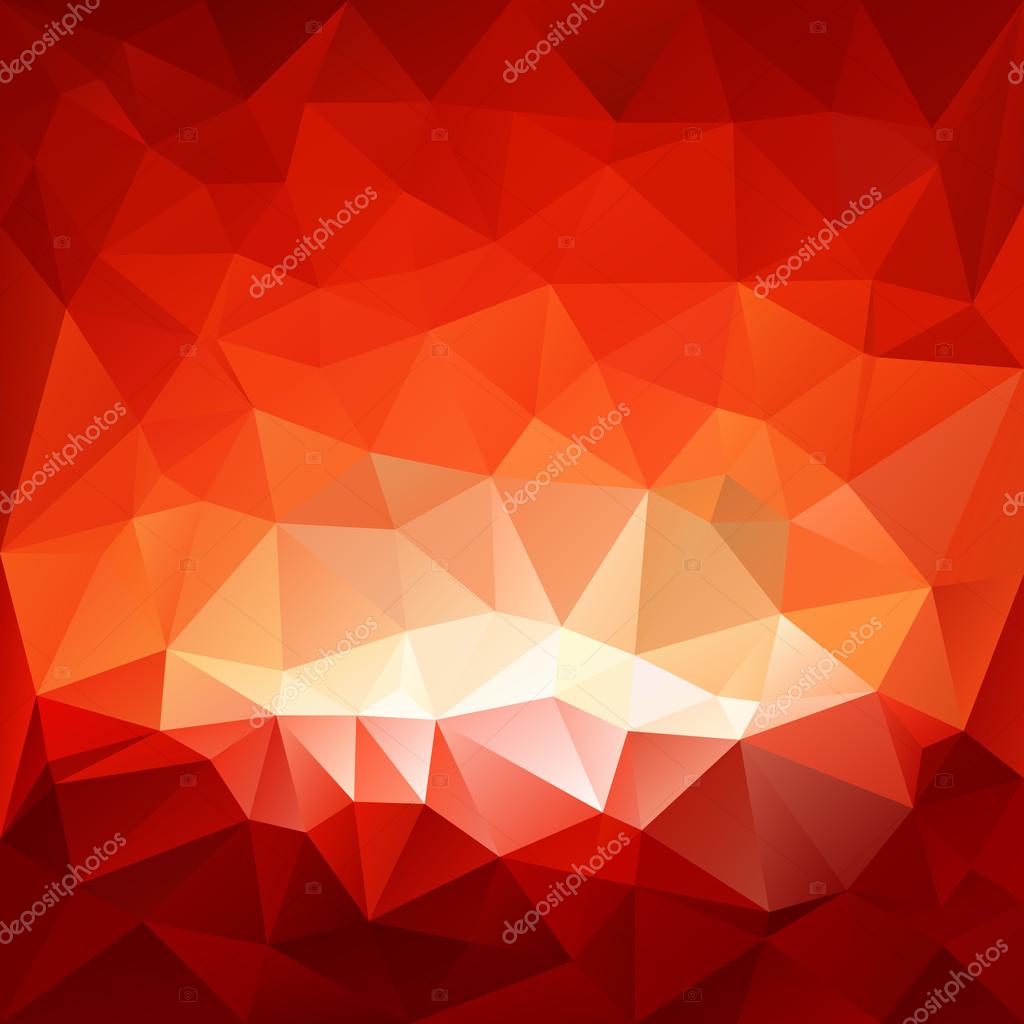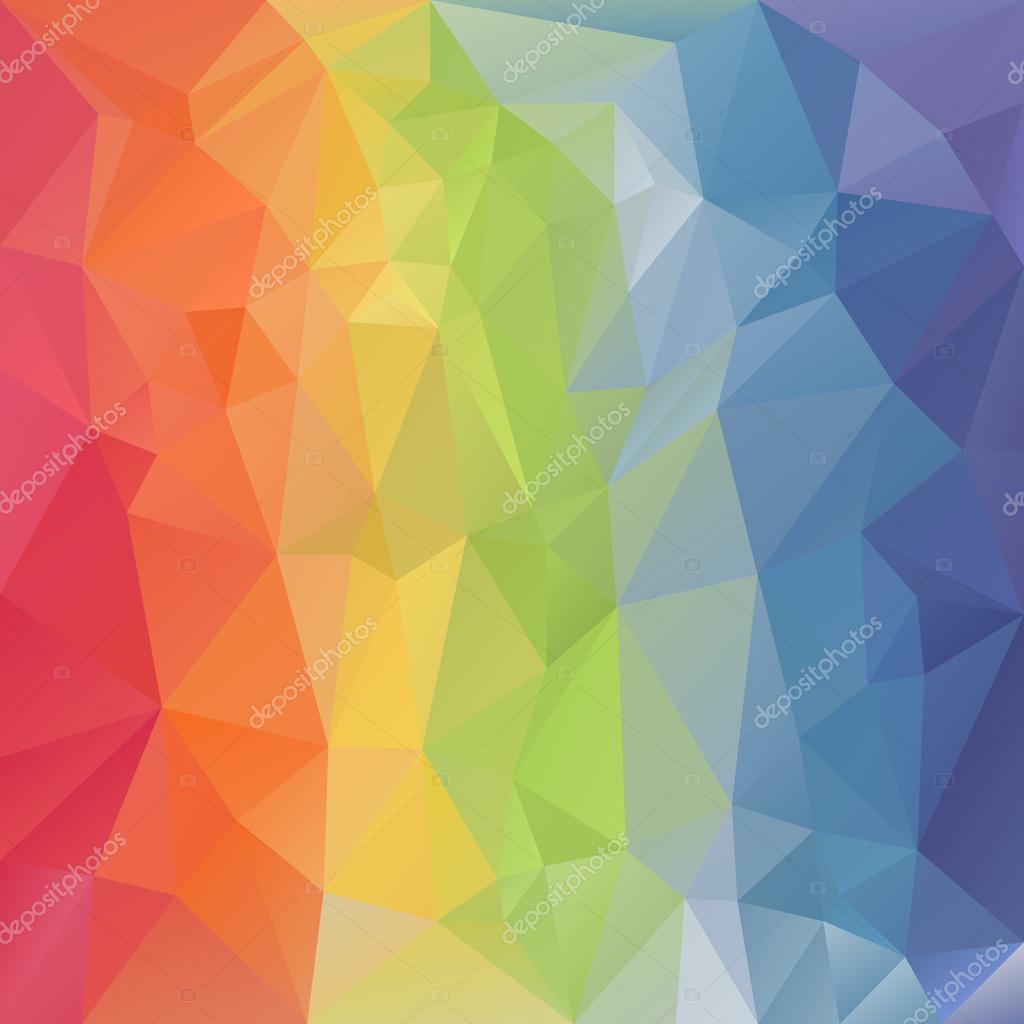

In this article, we’ll explore the differences between tessellation and pattern, and look at some examples of each. It can be created using various shapes, colors, and textures, and may or may not cover a surface completely. On the other hand, a pattern is a design or motif that repeats in a regular or irregular manner. The result is a repeating pattern that covers a surface completely.

Tessellation, also known as tiling, refers to the process of creating a pattern using one or more geometric shapes that fit together without any gaps or overlaps. “These tiles are just sitting next to each other and somehow have these effects at any length scale: miles, 10 miles, 100bn light years, these little guys are somehow causing effects at these arbitrary long distances.Are you familiar with the terms tessellation and pattern? While they may seem interchangeable, there are distinct differences between the two. “The miracle is that this little tile disrupts order at all scales,” Goodman-Strauss says. The four men are co-authors on a paper, not yet peer-reviewed, detailing their findings. Myers found that the turtle and hat were geometrically linked and led to a whole family of einstein shapes, the Times reported. That second proof was fueled by another stunning finding: after discovering “the hat”, Smith landed on another shape that did the same job and looks a bit like a turtle. And we’re particularly excited about that.” The other, which Myers came up with, is more “esoteric”, Kaplan says: it “follows a brand new line of attack that we haven’t seen before. One proof was more traditional, hinging on demonstrating that the shape behaved according to a certain set of rules. Kaplan and Smith had gotten about “halfway through the problem”, and Goodman-Strauss and Myers “were able to sort of fill in the rest of the puzzle and provide the rest of a proof”, Kaplan says.
#IRREGULAR TESSELLATION PATTERNS SOFTWARE#
Together they worked to confirm that the hat was indeed an einstein shape, and early this year they enlisted the help of two others – Dr Chaim Goodman-Strauss, a University of Arkansas mathematician, and Dr Joseph Myers, a software developer in Cambridge, England. Once he had landed on the hat, he contacted Kaplan, an associate professor of computer science at the University of Waterloo in Canada. “I am quite persistent but I suppose I did have a bit of luck,” Smith told the Guardian in an email. Once he’d found an intriguing shape, he told the New York Times, he would cut it out of cardstock and see how he could fit the first 32 pieces together. The discovery was largely the work of David Smith of the East Riding of Yorkshire, who had a longstanding interest in the question and investigated the problem using an online geometry platform. Now, mathematicians appear to have found what they were looking for: a 13-sided shape they call “the hat”. And the furthest we got was in the 1970s,” when the Nobel-prize winning physicist Roger Penrose found pairs of shapes that fit the bill. And of course, mathematicians worked to get that number down over time. “The first example of an aperiodic set of shapes had over 20,000 shapes in it. “There’s been a thread of beautiful mathematics over the last 60 years or so searching for ever smaller sets of shapes that do this,” Kaplan says. Such a shape would be known as an aperiodic monotile, or “einstein” shape, meaning, in roughly translated German, “one shape” (and conveniently echoing the name of a certain theoretical physicist). What mathematicians were interested in were shapes that “guaranteed non-periodicity” – in other words, there was no way to tile them so that the overall pattern created a repeating grid. In nature and on our bathroom walls, we typically see tile patterns that repeat in “a very predictable, regular way”, says Dr Craig Kaplan, an associate professor of computer science at the University of Waterloo in Ontario.


 0 kommentar(er)
0 kommentar(er)
